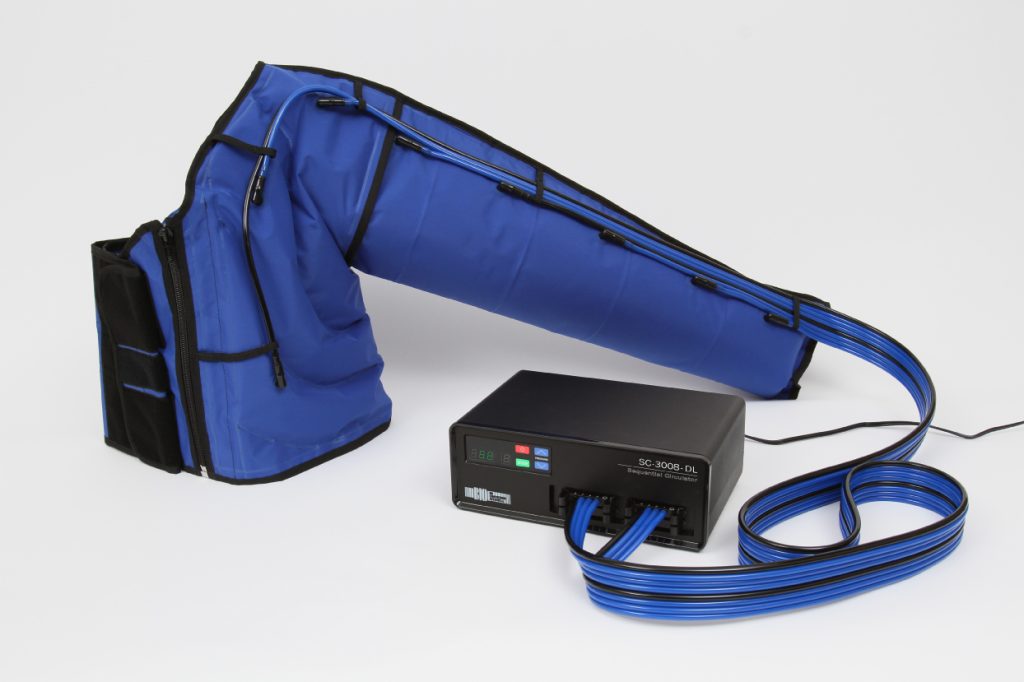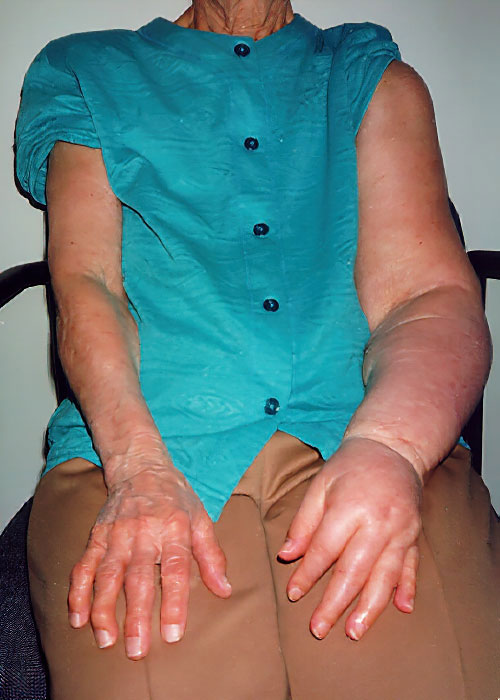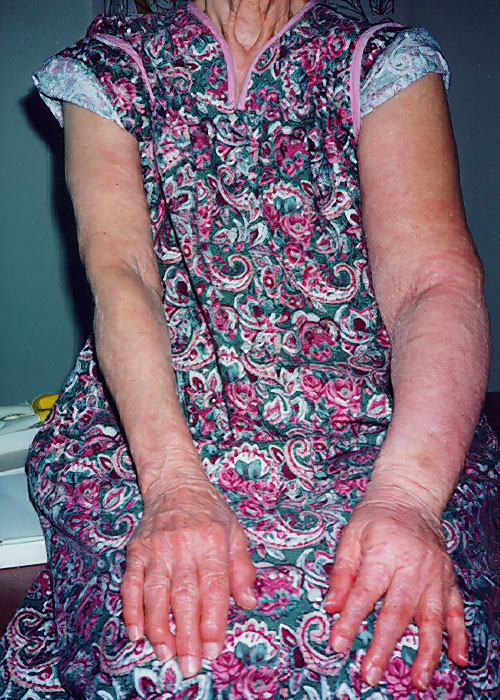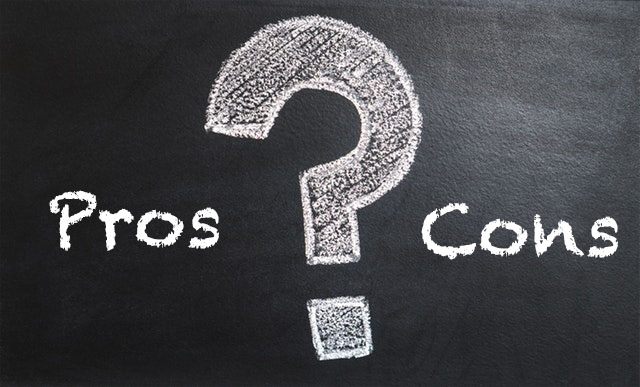Lymphedema, a chronic condition characterized by the accumulation of lymphatic fluid, often requires comprehensive management strategies. Lymphedema Pumps, also known as pneumatic compression devices, have emerged as a tool in the arsenal of therapies aimed at alleviating symptoms. In this blog post, we will delve into the world of Lymphedema Pumps, exploring their pros and cons, and addressing potential side effects. Understanding these aspects is crucial for individuals seeking effective and tailored solutions for managing lymphedema.
What are Lymphedema Pumps?

Lymphedema Pumps are medical devices designed to promote lymphatic drainage and reduce swelling in individuals with lymphedema. These devices use pneumatic compression to apply pressure to specific areas, as a strategy to mobilize fluid.
Pros of Using Lymphedema Pumps
1. Enhanced Lymphatic Drainage: Lymphedema Pumps facilitate the movement of lymphatic fluid, reducing swelling and promoting drainage.
2. Convenience and Home Use: Many pumps are portable and suitable for home use, providing individuals with the flexibility to incorporate therapy into their daily routines.
3. Customization of Pressure: These devices often allow for the customization of pressure levels, catering to individual needs and comfort.
4. Reduced Dependency on Manual Techniques: For individuals who may find manual lymphatic drainage challenging, pneumatic compression devices offer a non-invasive alternative.
5. Management of Chronic Conditions: Not only used for lymphedema but may also be employed in managing other chronic conditions, such as venous insufficiency.
Cons of Using Lymphedema Pumps
1. Cost: Lymphedema Pumps can be a significant financial investment. The cost may be a barrier for some individuals, especially if not covered by insurance.
2. Limited Evidence for Long-Term Efficacy: While effective in many cases, there is limited long-term evidence supporting the sustained efficacy of Lymphedema Pumps.
3. Risk of Complications: Improper use or inadequate supervision may lead to complications such as bruising, skin irritation, or exacerbation of existing conditions.
4. Not Suitable for Acute Infections: Generally they are not recommended during acute infections or when there are open wounds, as they may exacerbate these conditions. Other contraindications exist so seek medical consultation.
5. Potential Discomfort: Some individuals may find the pressure from pneumatic compression devices uncomfortable, and there may be an adjustment period to find the right settings.
Side Effects of Using Lymphedema Pumps
1. Skin Irritation: Prolonged or excessive pressure may cause skin irritation, particularly in individuals with sensitive skin.
2. Bruising: Improper use or excessive pressure may lead to bruising in the treated areas.
3. Potential Aggravation of Infections: Lymphedema Pumps should not be used during active infections, as they may spread the infection.
4. Discomfort or Pain: Some individuals may experience discomfort or pain during or after the use of Lymphedema Pumps.
5. Risk of Complications with Pre-existing Conditions: Individuals with certain pre-existing conditions, such as a history of deep vein thrombosis, should use pneumatic compression devices with caution, as they may pose a risk for complications. Acute DVT is strictly contraindicated.
Precautions and Best Practices
1. Consultation with Healthcare Professionals: Before using Lymphedema Pumps, individuals should consult with their healthcare providers to ensure they are suitable for their condition.
2. Proper Supervision: Proper training and supervision are essential to ensure the correct use of Lymphedema Pumps and prevent complications.
3. Regular Skin Checks: Individuals using Lymphedema Pumps should perform regular skin checks to identify any signs of irritation or congestion at the limb root or trunk.
Lymphedema Pumps can be valuable tools in the management of lymphedema, offering enhanced lymphatic drainage and convenience. However, it is crucial to weigh the pros and cons and be aware of potential side effects. Consulting with healthcare professionals, proper supervision, and adherence to best practices are essential for maximizing the benefits of Lymphedema Pumps while minimizing the risks.


In navigating the world of lymphedema care, individuals should consider a holistic approach that may include a combination of therapies tailored to their specific needs. Lymphedema Pumps, when used appropriately, can be a valuable addition to the toolkit of strategies aimed at promoting overall well-being.
Start Your Journey as a Certified Lymphedema Therapist
Looking to enhance your professional qualifications? Our certification courses are designed to equip you with the knowledge and skills to excel. Check out our programs at nortonschool.com and take the next step in your career!

